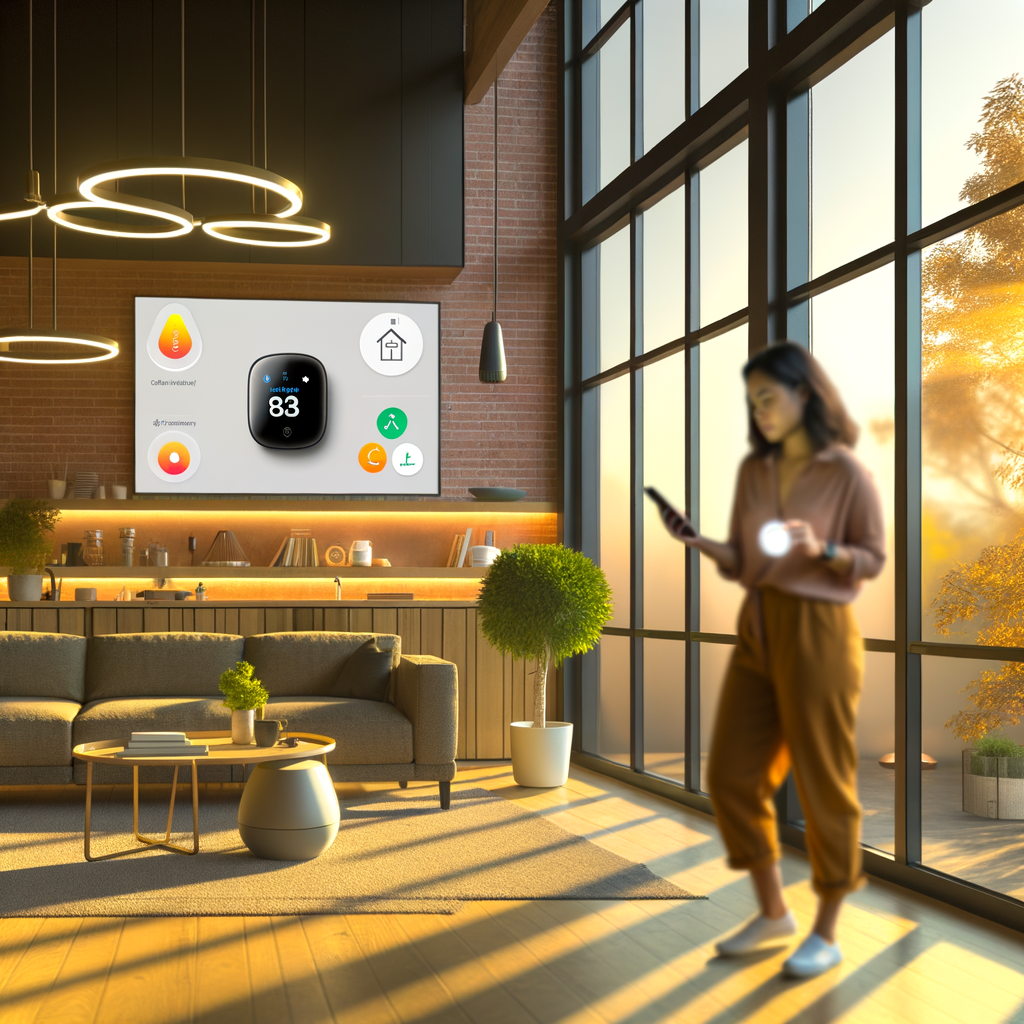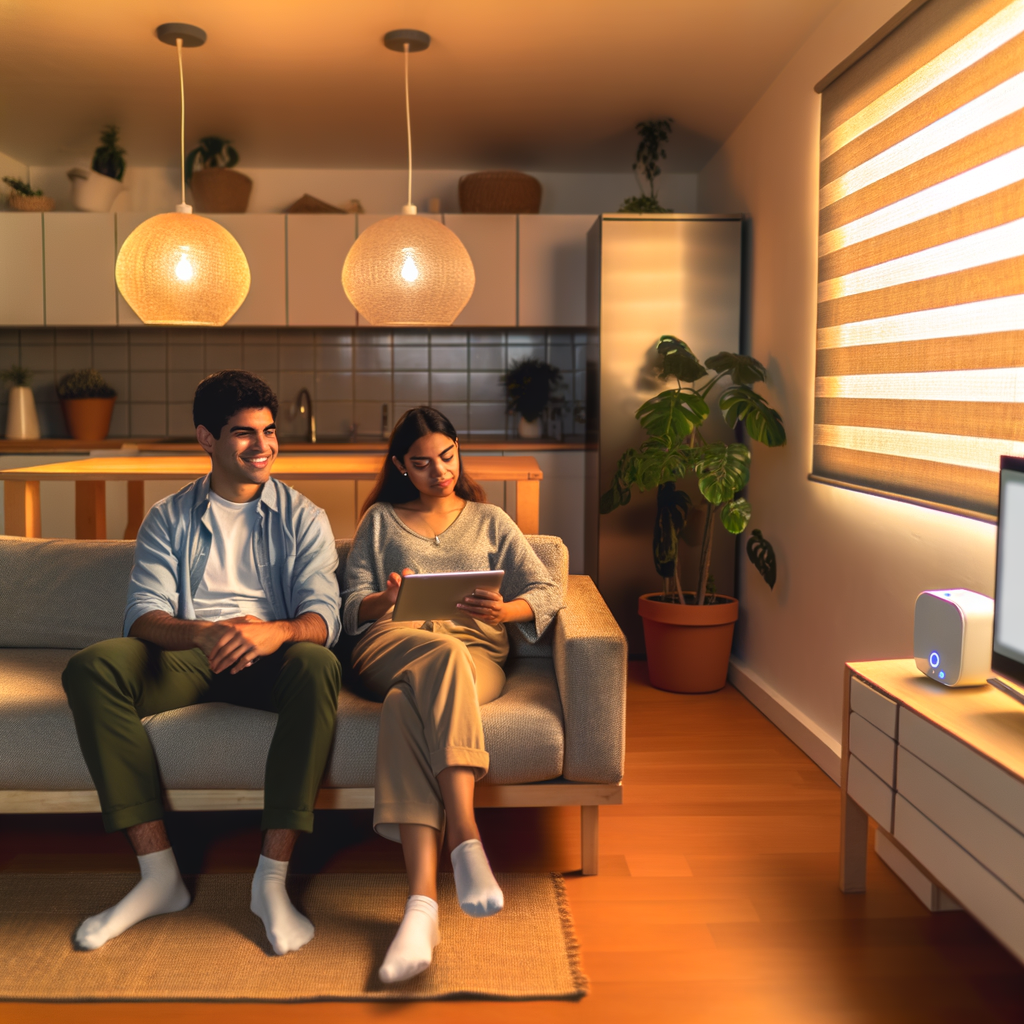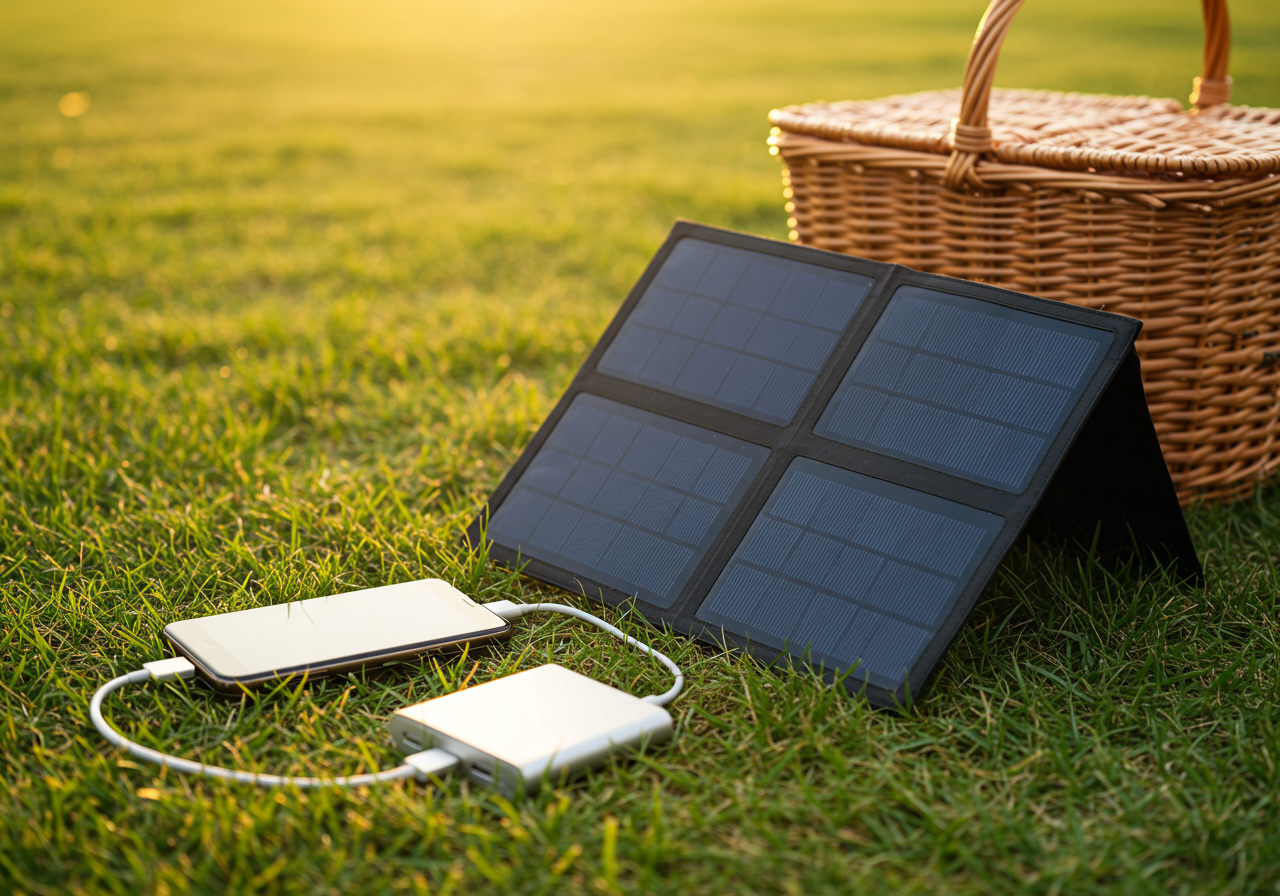Myth-Busting Smart Homes: 7 Common Misconceptions Renters Have About Energy-Saving Tech
Smart home technology continues to reshape how we live, making it easier and more efficient to manage household energy. Yet, a range of myths often prevent renters from embracing these innovative, eco-friendly solutions. Whether you’re worried about complex installations, your security deposit, or seeing real energy savings, understanding the facts can help transform your rental—without headaches or hassles.
This guide will break down seven common misconceptions about energy-saving smart home tech for renters. We’ll clarify the truth behind each myth, explore the practical benefits, and offer actionable tips to help you make smart (and green!) choices for your home.
1. Myth: Smart Tech Installation Damages the Rental
Many renters avoid smart home upgrades because they fear leaving marks, drilling holes, or running wires will violate their lease. In reality, most modern devices are specifically designed with renters in mind.
Reality: Most Smart Devices are “Plug-and-Play”
- Wireless Technology: The majority of smart home products (bulbs, plugs, thermostats) connect with Wi-Fi or Bluetooth—no drilling or rewiring required.
- Adhesive or Magnetic Mounts: Smart sensors, cameras, and switches often use strong but removable adhesives or magnetic strips that won’t damage walls.
- Easy to Remove: Most products are portable; you can uninstall and take them to your next apartment.
If you’re unsure, look for “renter-friendly” or “no tools needed” in product descriptions. Always review your lease and, if in doubt, check with your landlord before installing anything.
2. Myth: Smart Tech is Out of My Budget
There’s a lasting belief that energy-saving gadgets are expensive and out of reach for renters, but that’s no longer true.
Reality: There Are Options for Every Budget
- Start Small: Affordable entry-level devices (like smart plugs, LED bulbs, or smart power strips) start at around $10–$30.
- Gradual Upgrades: Buy one or two devices, then expand as your budget allows. You don’t have to build a fully connected home overnight.
- Energy Savings Add Up: According to the EPA’s ENERGY STAR program, smart thermostats can save renters $50–$100 per year just on heating and cooling.
- Sales and Incentives: Check local energy providers; some offer discounts or rebates for installing smart thermostats, smart power strips, or LED lighting.
Tip: Make a wishlist and watch for deals during sales events like Prime Day or Black Friday.
3. Myth: I Need Landlord Approval for Everything
Renters sometimes assume they can’t make any tech changes without written permission from their landlord. Thankfully, that’s not always the case.
Reality: Many Upgrades Don’t Violate Lease Terms
- Plug-In Devices: Smart plugs, speakers, or bulbs swap in and out like any standard device.
- Light Bulbs: Replacing traditional bulbs with smart LEDs is usually not prohibited—just remember to reinstall the originals when you move out.
- No Structural Changes: As long as you avoid rewiring, drilling, or making permanent alterations, you likely don’t need formal approval. Always check your lease or ask if unsure.
Pro Tip: If a device requires more substantial installation (like a smart thermostat or door lock), get written approval and offer to professionally restore the original fixture when you move out.
4. Myth: Smart Technology is Too Complicated
Some renters worry that setting up smart devices requires advanced technical know-how or will turn into a frustrating headache.
Reality: User-Friendly Devices Make Setup Easy
- App-Based Controls: Most gadgets pair with intuitive apps that walk you through every step.
- Voice Assistants: Smart speakers (like Alexa or Google Home) let you control devices using simple voice commands.
- No Hubs Needed: Many products work directly over Wi-Fi, eliminating the need for an extra hub or bridge.
- Plug-and-Play Design: You typically just plug in, connect, and go.
Tip: Stick to reputable brands and read product reviews focused on setup and ease of use for peace of mind.
5. Myth: Energy Savings Are Negligible
Skeptics question whether smart home devices make a real difference on utility bills. The facts tell a different story—especially when used consistently and wisely.
Reality: Smart Devices Can Significantly Reduce Waste
- Smart Thermostats: Optimize heating and cooling based on your schedule, occupancy, and preferences. The NRDC reports potential savings of 10–15% per year.
- Automated Lights: Sensors and schedules prevent leaving lights on unnecessarily.
- Smart Plugs and Power Strips: Cut “vampire power” (devices that draw energy even when off), saving about 5–10% on your electric bill.
- Usage Monitoring: Real-time data helps you identify wasteful habits.
Case Study: A renter in a 1-bedroom apartment who swaps to LED bulbs, installs 2–3 smart plugs, and uses a programmable thermostat can expect $80–$150/year in savings—often recovering device costs in the first year.
6. Myth: Renters Have Strict Limits on What They Can Customize
Many renters believe smart tech is only for homeowners who can make permanent, complicated adjustments or install wiring and sensors throughout their property.
Reality: Flexible Smart Tech Fits Every Space
- Portable and Reversible: Smart bulbs, plugs, and battery-powered sensors work anywhere without marking up walls or surfaces.
- Create “Scenes”: Use an app or voice to set moods or automate routines (e.g., “movie night” dims the lights and powers off non-essential devices).
- Customized Schedules: Set your lighting, thermostat, or plug-in devices to match your daily routine—no landlord required.
- Temporary Upgrades: Fancy a smart video doorbell or security camera? Some models mount using adhesives or can be propped up on shelves or window sills and removed when you leave.
Advice: Document the original condition of fixtures before changes and plan to revert to the initial setup upon moving out.
7. Myth: Smart Home Devices Compromise Security and Privacy
Worries about hacking and unwanted surveillance keep some renters from trying smart tech. Privacy is a real concern, but the risk is very manageable.
Reality: You’re in Control (with the Right Settings)
- Choose Trusted Brands: Look for third-party security certifications and established reputations.
- Update Firmware: Always install updates—they often include crucial security patches.
- Two-Factor Authentication: Enable 2FA on connected accounts to prevent unauthorized access.
- Customize Privacy Settings: Review what data your devices collect, and opt out of unnecessary sharing.
- Use Secure Wi-Fi: Set strong passwords and update your Wi-Fi router firmware regularly.
Tip: Check for third-party privacy resources, like Mozilla’s “Privacy Not Included” reviews of smart devices, to make safer purchasing decisions.
Making the Most of Smart Tech as a Renter: Actionable Steps
Prioritize Your Needs and Apartment Layout
- Identify your biggest energy “hot spots”—lighting, heating/cooling, or always-on electronics.
- Pick devices that address these needs without major installation hurdles.
- Measure your space—a smart thermostat or a handful of smart bulbs might be all you need for a big impact.




